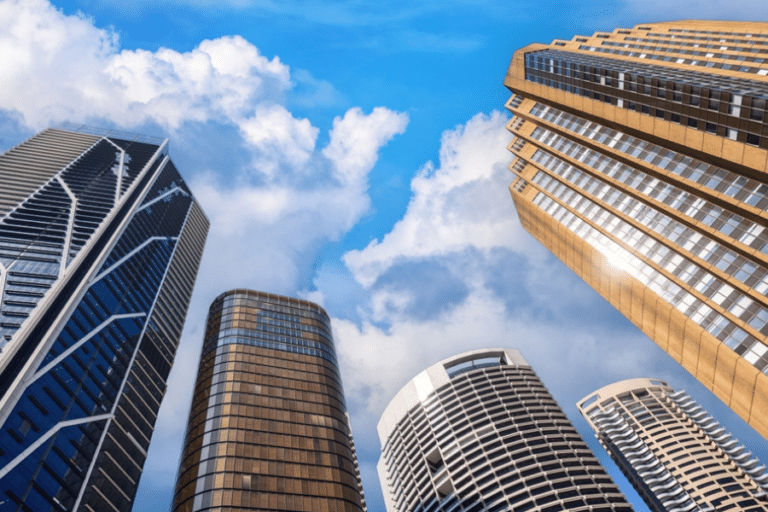
The flight to quality office space has continued across the country, with new data showing vacancy rates for prime office space remain lower than those of older office stock in our cities.
The January 2024 edition of the Office Market Report, which is released twice a year, showed overall CBD vacancy increased from 12.8 to 13.5 per cent nationally. Non-CBD areas saw an increase from 17.3 to 17.9 per cent.
Sydney’s CBD office vacancy rate increased from 11.5 to 12.2 per cent, Adelaide witnessed a rise from 17 to 19.3 per cent and Melbourne’s vacancy rate increased from 14.9 to 16.4 per cent.
Brisbane and Canberra’s vacancy remained stable, rising slightly from 11.6 to 11.7 per cent and from 8.2 to 8.3 per cent, respectively. Likewise, Hobart’s vacancy rate marginally increased from 2.5 to 2.8 per cent and Darwin’s from 14.3 to 14.4 per cent.
Meanwhile, Perth’s vacancy rate fell from 15.9 to 14.9 per cent.
However, the vacancy rate for prime office space across the country was lower than secondary assets in every capital city besides Sydney and Adelaide. The Australian CBD prime vacancy rate across the country was 12.9 per cent compared to a vacancy rate of 14.5 per cent in the secondary market.
Property Council Chief Executive Mike Zorbas said despite a rise in vacancy rates after a period of strong supply, the outcomes vary across markets and office grades, with a continued preference for high-quality spaces.
“The increase in office supply during 2021 and 2022, far surpassing the historical norm, and continued business moves towards high-grade offices explains the results we are seeing,” Mr Zorbas said.
“There is a clear divergence between older, low-quality stock and the new premium office buildings rejuvenating our cities.
“The strength of local economies is also evident in these numbers. The Perth market has enjoyed a drop in vacancy rates while Brisbane and Canberra both remained stable, despite all three cities hovering around their historical average office supply levels over the past few years.
“Sydney and Melbourne continue to reflect differences in quality levels – following robust supply additions in recent years.
“Flight to quality aside, it is crucial for governments to champion the significance of our CBDs and the ecosystems of small businesses they support.
“Face-to-face interactions remain something almost all people benefit from in a social and a work sense and we are starting to see that routinely recognised as complimentary to the welcome dividends of flexible working,” he said.
Supply continued to be a driving force behind the CBD vacancy level, with five of the last 10 reporting periods noting higher than historic levels of supply. Supply is also expected to be above historic supply to the end of the year.
Meanwhile, in the Non-CBD markets, seven of the last 10 reporting periods recorded higher than historic levels of supply. Supply is expected to remain below historic levels of supply until the second half of 2025.
Sublease vacancy increased in the CBD market, with Melbourne, Sydney and Adelaide recording sublease vacancy above their historical averages but decreased in the Non-CBD market.